People are composting at home more because they want to cut down on their trash and make their homes greener. During the covid-19 outbreak, many of us spent more time at home, which gave us a chance to think about how we affect the world. Composting is a way for gardeners and people who care about the environment to use food scraps and green waste.
Food waste is a big problem that needs to be fixed. We can all do our part at home to cut down on waste and use food scraps and useful garden waste like grass clippings. The UN says that about a third of the world’s food, or about 1.3 billion tonnes, is lost or wasted every year. This would be enough to feed more than 870 million hungry people. When we throw organic food waste into landfills, it breaks down and releases methane gas. Methane gas is 8% of the greenhouse gases that are making our climate crisis worse.
Your carbon footprint will be smaller if you compost your food scraps and garden clippings. In this blog, we’ll talk about the basics of composting, its benefits, and the different ways it can be done. Read on to get started and to learn more.
How Do Compost Bins Work?
There are three main components that make up a compost bin:
- Dead leaves, branches, and twigs (brown waste)
- Compostable items such as kitchen waste, yard trimmings, and used coffee beans (green waste)
- Water
When in harmony, these three factors accelerate the decomposition of organic matter. The ultimate product is compost, which can be used as a fertiliser, soil conditioner, and even a natural insecticide due to its high nutrient content.
What Are The Benefits Of Using A Compost Bin?
What are the benefits of composting? Composting is a great way to add nutrients back into the soil. It makes the soil rich, which helps plants grow faster and reduces the amount of trash that needs to be thrown away. Here are some more benefits.
Recharges the soil: Composting keeps plants from getting sick and stops nutrient shortages. Compost makes the structure of the soil better, balancing the pH levels and making it easier for water to filter through and stay in the soil.
Helps local water sources and the oceans: By adding compost to the land, we can increase the amount of water that can seep into the soil. As water flows through the rocks and compost, it is filtered before it gets to lakes, rivers, and the ocean. This will lead to cleaner oceans in the long run.
Stops erosion: Topsoil erosion is caused by a combination of factors, the most significant of which are water running through sandy soil and pollutants. Compost improves the soil’s capacity to hold water, which slows down the rate at which topsoil is washed away.
Reduces pollution and greenhouse gas emissions: If food scraps aren’t composted, they end up in the trash. As they go bad, they give off methane and carbon dioxide, which add to the amount of greenhouse gases and make the earth warmer.
If composts were used more, fertilisers and chemicals would be used less, which would be good for the economy. When you buy fruits and vegetables, all of these middlemen are built into the price. If you got rid of fertilisers, you’d pay less for the food you eat in the long run.
How To Start A Compost Bin?
The first step in learning how to make compost is deciding how and where to make it.
Option 1: Make a compost heap in your yard
Make a compost pile by clearing out a small section of soil in your backyard. Make sure it’s in a spot that gets sun all day and doesn’t flood. Even though it costs nothing to set up, this is the most inefficient way to compost.
Option 2: A Stationary Compost Bin
This is the most common way to compost. Organic matter breaks down faster in compost bins because they keep heat and moisture in. The majority of compost bins are black. Choose a size that fits how much food waste your family throws away. If you put the bin where it will get direct sunlight, your compost will break down faster.
Option 3: Rotating Compost Bin
Turning the bins helps get air into the compost and mix it up (they come with a handle that lets you easily spin the bin). The compost breaks down faster in a rotating bin, but they may cost more to set up.
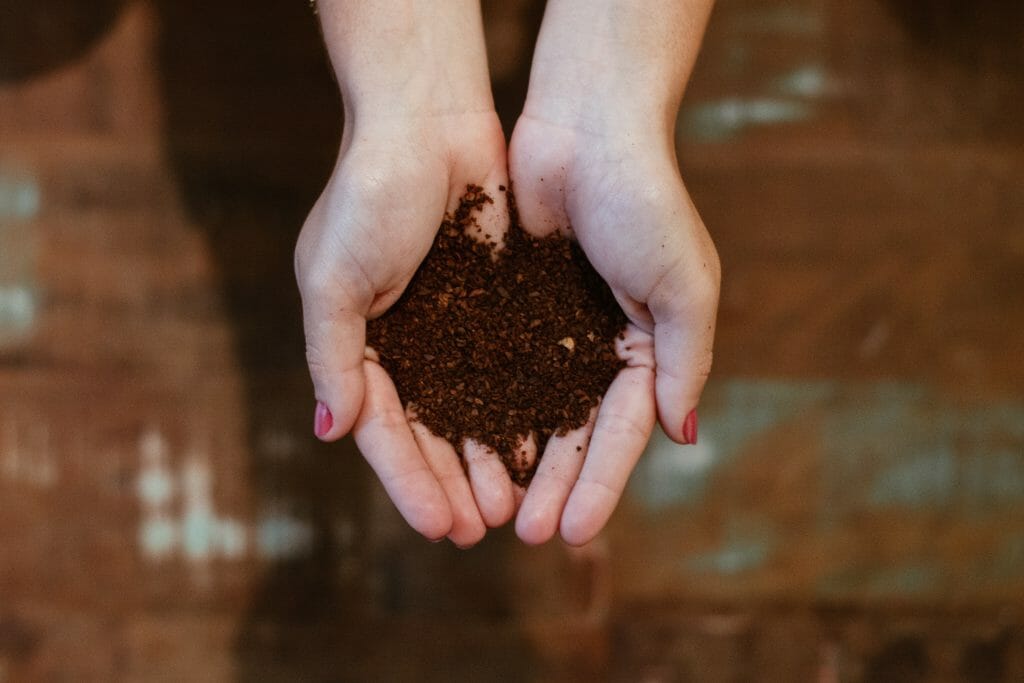
Adding The Ingredients
Nitrogen and carbon are what every compost needs. Nitrogen comes from “green” materials like food scraps and grass clippings, while “brown” materials like leaves and straw provide carbon. So, “green” and “brown” organic matter are needed in every compost pile. Layering helps keep the ingredients in balance.
If there is too much green matter in the compost, it can get wet and stinky (because instead of composting, the organic material begins rotting). On the other hand, if there is too much brown matter in the compost, it can be too dry, lack the nitrogen it needs, and take years to break down. So how do you find the right balance?
You can get the right mix by following a few general rules:
Start by putting a thick layer of brown things like twigs and mulch at the bottom (for drainage). Then add a layer of green stuff, then a layer of brown stuff. About one part green to three parts brown should be in the first mix.
If your compost looks or smells too wet, add more brown things to it. If it looks too dry, add more green ingredients and moisture.
Maintain Your Compost
You should water your compost often so that it has the consistency of a damp sponge. But don’t pour in too much water. When too much water gets into compost, the microorganisms die, and the compost starts to rot. So make sure the compost is damp, but not soaked.
You also need to make sure the temperature is right, and you can do this by carefully putting your hand into the compost heap or bin. If it feels warm, the temperature is right. If it’s cool, try moving the compost into the sun, using a black container (which absorbs heat), or adding more brown ingredients (because carbon creates energy/heat).
The best temperature for decomposition is between 40 and 60°C. Most helpful microorganisms will die when the temperature goes above 65°C.
Plus, you should aerate or mix the compost. Turn the compost over once a week with a garden fork to give it air. Also, the composting process goes faster when the brown and green materials are mixed together, so mix them well.
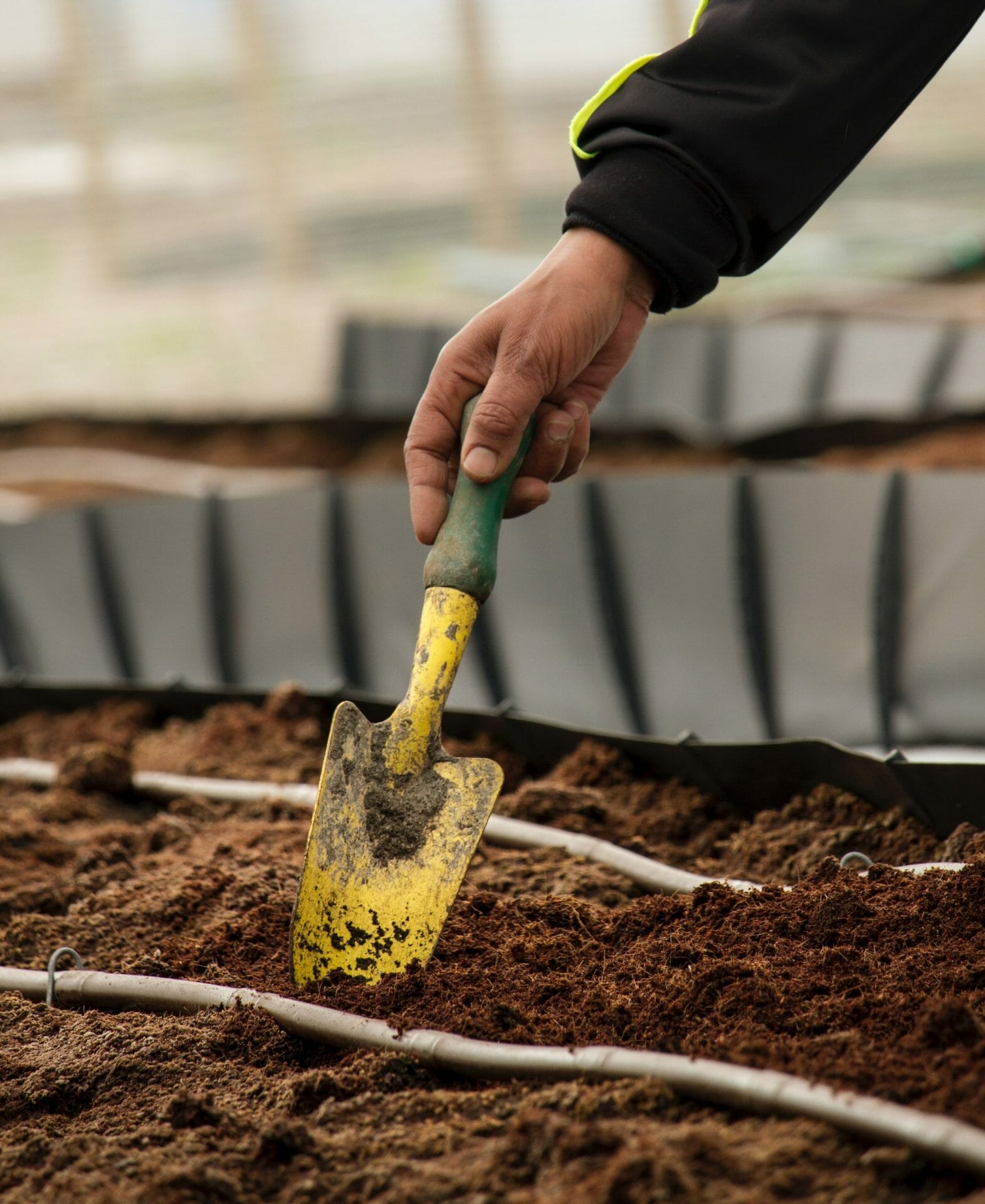

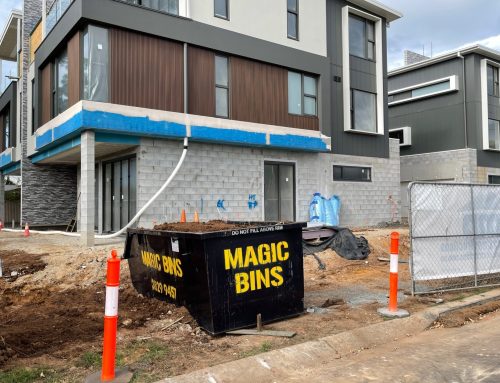
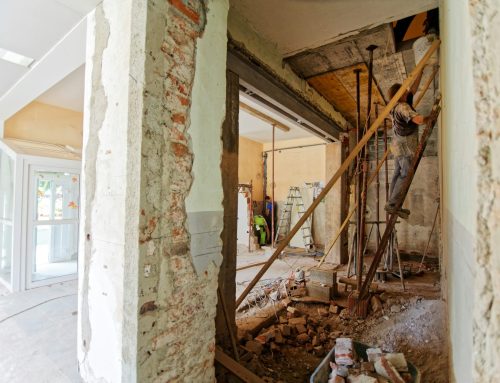
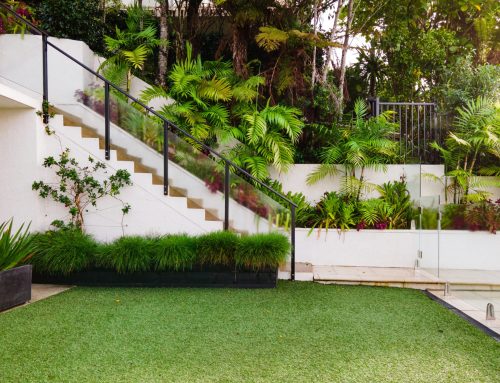
Leave A Comment